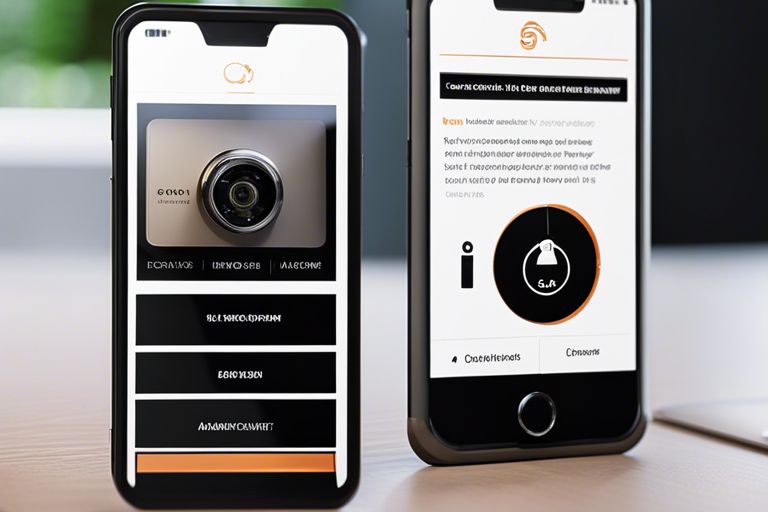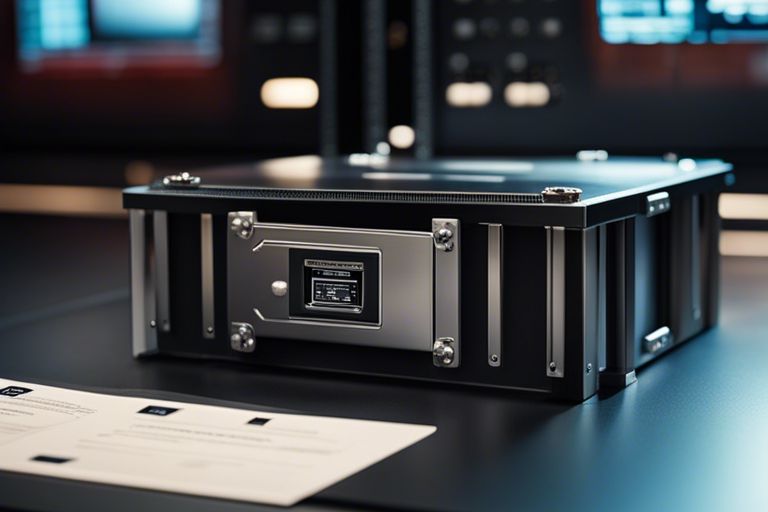Securing your Wi-Fi network is essential to protect your personal information and prevent unauthorized access to your internet connection. With the increasing number of devices connected to Wi-Fi networks, it has become even more critical to ensure the security of your network. This blog post will discuss some simple yet effective steps to secure your Wi-Fi network.
1. Change the Default Password
The first step in securing your Wi-Fi network is to change the default password set by your internet service provider (ISP). Default passwords are often accessible to guess and can make your network vulnerable to attacks. Choose a strong password that includes a combination of letters, numbers, and special characters.
2. Enable Network Encryption
Enabling network encryption is crucial to protect your Wi-Fi network from unauthorized access. Use the latest encryption standards, such as WPA2 or WPA3, as they provide more robust security than older encryption protocols. Avoid using WEP (Wired Equivalent Privacy) as it has known vulnerabilities.
3. Disable SSID Broadcasting
By default, Wi-Fi routers broadcast their SSID (Service Set Identifier), which is the name of your Wi-Fi network. Disabling SSID broadcasting makes your network less visible to potential attackers. However, remember that this does not provide foolproof security, as determined attackers can still discover the hidden web.
4. Enable MAC Address Filtering
MAC address filtering lets you specify which devices can connect to your Wi-Fi network based on their unique MAC addresses. By enabling this feature, you can prevent unauthorized devices from accessing your network. However, remember that MAC addresses can be spoofed, so this should not be your only security measure.
5. Keep Your Router Firmware Updated
Router manufacturers often release firmware updates to fix security vulnerabilities and improve performance. Regularly check for firmware updates for your router model and install them as soon as they are available. This will ensure that your router has the latest security patches.
6. Use a Strong Wi-Fi Password
In addition to changing the default password, choosing a strong Wi-Fi password is essential. A strong password should be at least 12 characters long and include a mix of uppercase and lowercase letters, numbers, and special symbols. Avoid using common words or personal information that can be easily guessed.
7. Enable Two-Factor Authentication
Two-factor authentication adds an extra layer of security to your Wi-Fi network. It requires users to provide a second form of verification, such as a unique code sent to their mobile device and the password. This makes it significantly harder for unauthorized users to access your network.
By following these simple steps, you can significantly enhance the security of your Wi-Fi network and protect your personal information from potential threats. Regularly review and update your security measures to stay one step ahead of attackers.






